Thermal underwear has recently become a very popular type of clothing. Many use it both for socks in special climatic conditions, and for everyday wear, for example, for sports. The specificity of the properties of the fabric of this type of clothing makes it necessary to comply with special rules for the care of products made of thermal material.
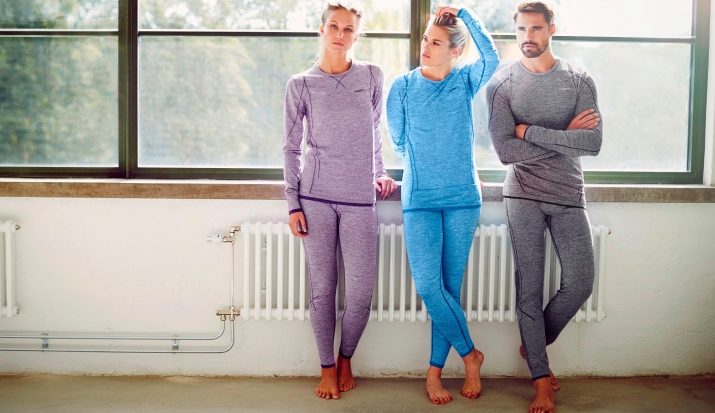
Features
Thermal underwear is intended primarily for outdoor sports, as well as outdoor activities in the cold season. Depending on the composition of the material, thermal underwear can be designed for various degrees of activity and various external temperatures.
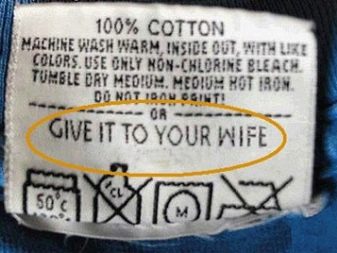
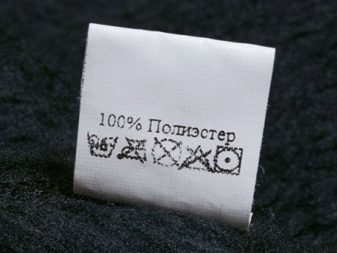
The cellular (or honeycomb) structure of this fabric is capable of combining two seemingly incompatible properties:
- Actively removes moisture from the body. That is why thermal underwear is called the second skin, because it allows the body to breathe. In cold weather, moisture, lingering near the body, leads to additional heat loss, and, as a result, to the cooling of the body. If sweat through the pores of the tissue leaves the skin surface well, the body does not lose heat. This process allows you to stay in the cold for a longer time, without experiencing unpleasant chills and without hypothermia.
- The fabric of thermal underwear is made in such a way that certain of its fibers create something like air gap. Such a layer, freely passing excess moisture from the body, retains heat. That is, a heating function is carried out.
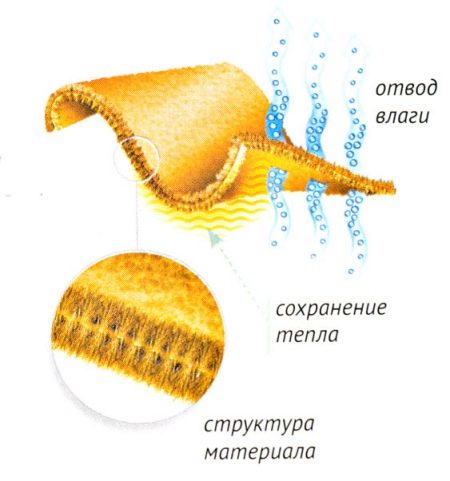
It is the combination of these two functions of the fabric that allows this type of clothing to warm well in cool weather and even in cold weather. Therefore, it is so important not to harm the fabric and not disrupt the structure of such clothes, otherwise its specific properties will simply stop working.
In this case, expensive thermal underwear will not be any different from a regular turtleneck or warm tights.

Kinds
Fabric underwear, depending on its type, may vary slightly in composition and properties. Such differences suggest the use of this clothing under various environmental conditions and under various physical exertion.
According to this principle, three types of thermal underwear are distinguished:
- Lingerie for long sedentary stay in the cold. The fabric for this type of linen is made on polypropylene or with a layer of polyester. This material is capable of very long and well retain heat, while at the same time removing moisture from the body. This type of product is suitable for winter fishing, a picnic or hiking.


- Thermo-fabric products intended for active sports with a lot of exercise outdoors. Cotton is included. This underwear also removes moisture from the body and retains heat, but such an effect it can only save 6-7 hours.
The pores of the cotton layer are saturated with moisture and gradually clogged. Therefore, this thermal underwear must be replaced in a timely manner with a dry one and often washed.
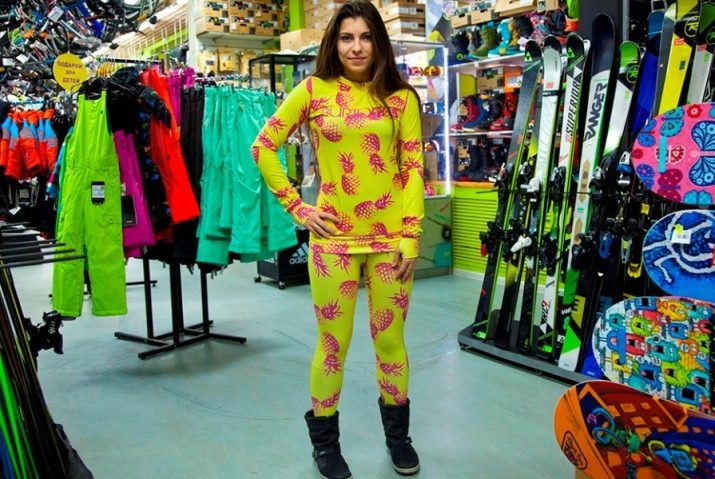
- Thermo Clothing for everyday use. The composition of this fabric includes a large percentage of natural wool. In everyday life, we do not encounter excessive stress and excessive sweating. The task of such clothes is to keep warm as much as possible. This underwear is much more comfortable than wool turtlenecks and sweaters. It fits the body well and can be used as an additional, almost imperceptible layer of clothing in the cold season.

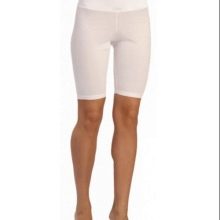

In terms of material composition, male and female thermal underwear does not differ. Depending on the type and composition of the thermal fabric, it is important to properly carry out the washing and drying process.
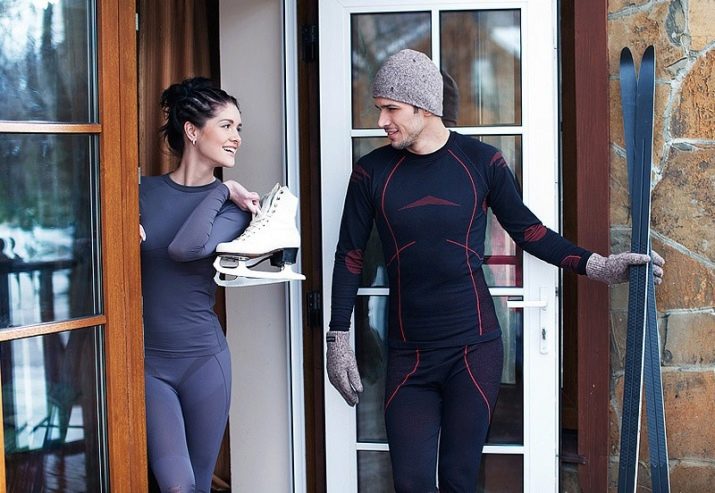
Allowable Frequency
Thermal underwear is attached directly to the body and is in contact with sweat released during physical exertion. Contamination of clothing occurs rather quickly. Naturally, underwear is the most contaminated, which is used for active sports.
In the case of thermo-fabric products, the problem of contamination also lies in the fact that the pores of the fabric, which should allow moisture to pass through well and remove it from the body, become clogged with perspiration. The longer such clothes are used without washingthe more tissue cells get clogged, and therefore, the worse the dehumidification properties of the product become. The complete clogging of the cells of the thermal material turns the thermal underwear into an ordinary dense turtleneck that does not have the effect of perspiration and warming the body. Therefore, it is necessary to wash linen from thermal material quite often.
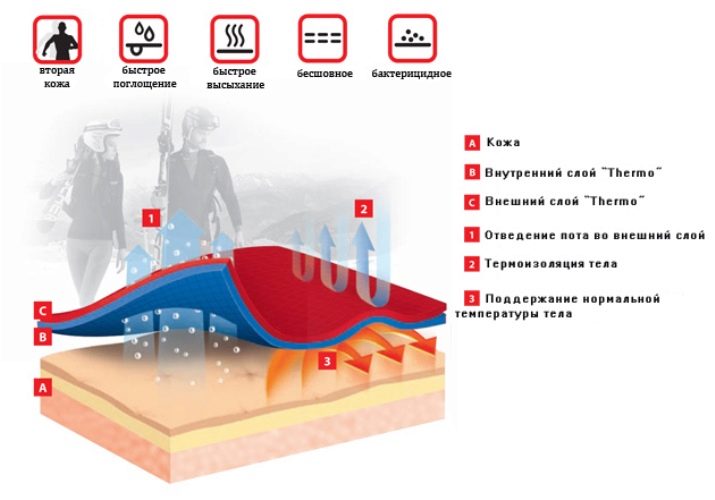
Clothing that is used for sports, it is advisable to wash after each workout. It is very advisable to wash linen for everyday wear at least 2 times a week. Thermal clothing for a sedentary holiday is often not necessary to wash.
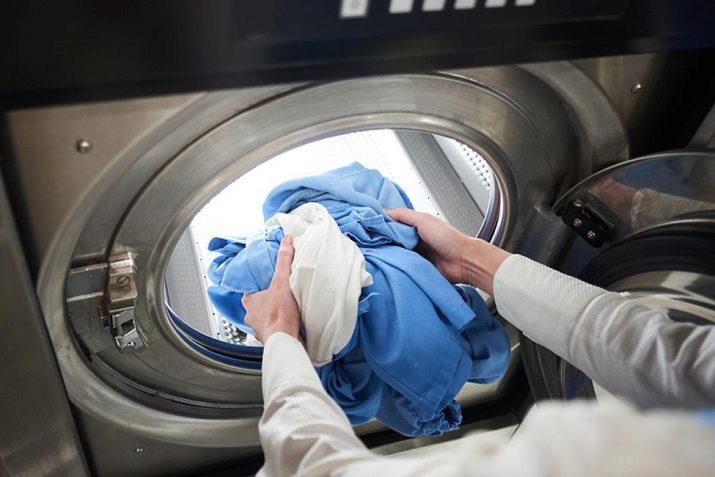
Purification process
Properly laundering thermal underwear at home is not at all difficult. It is only necessary to remember well and observe several rules:
- It is possible to wash linen from thermal cloth in the automatic machine only in a delicate mode. You must set the program "Gentle wash", "Wool", "Hand wash" or "Delicate wash". In each model of the washing machine, this washing mode may be called differently.
- The temperature of the water when washing clothes by hand or when washing the machine should not exceed 40 degrees. Weak contaminants can also be washed in cooler water, but categorically it is impossible to exceed the above threshold for all types of thermal underwear. High temperatures significantly reduce the properties of thermal fabrics. Underwear can be deformed, lose an attractive appearance. Such underwear ceases to fulfill its functions and becomes extremely uncomfortable to wear.
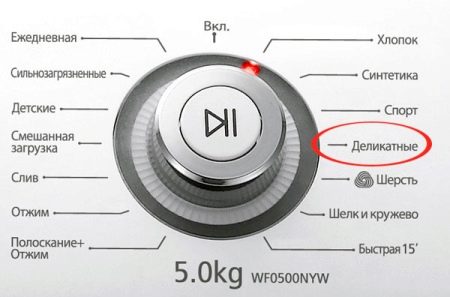
- You can not use ordinary powder for any type of washing thermal underwear. It strongly clogs the pores of the thermal tissue and is very poorly washed out of the material.Suitable liquid gels, special mild detergents intended for washing thermal fabrics, laundry or ordinary soap.
- Thermal clothing should never be bleached and no chlorine-based products should be used for washing. This substance will irreparably damage the structure of the tissue.
- Antistatic agents, conditioners or rinses will not harm the product in principle. They can be safely added to water during machine and hand wash.
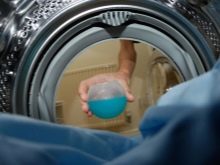
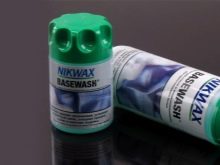

- Linen on polypropylene can only be washed by hand. Even a delicate machine wash program can ruin it.
- For handwashing, the laundry should be handled delicately and gently. The product made of thermal cloth should not be intensively rubbed, stretched, twisted and wrung out. Hand wash can be done in soapy water.
- Each product has a label, which describes in detail the rules of operation and care of it. Before you start washing and drying your thermal underwear, carefully read this manual.

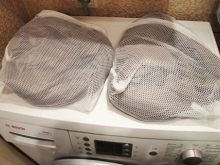
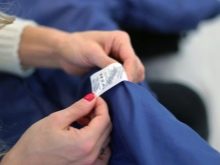
Drying
Proper drying of thermo-fabric products is no less important than the washing itself. Errors at the stage of drying the product can negate all efforts to maintain its quality and properties. For proper drying of thermal underwear, there are the following recommendations:
- The spinning of laundry in the washing machine at high speeds is excluded. An ideal option would be to completely abandon the spinning machine. Also, do not twist and wring the laundry manually. If you need to speed up the drying of your clothes, you can use the spin program at the lowest speed. Spin at speeds above 400 revolutions is not allowed.
- Do not leave thermal fabric in the drum of the washing machine or in the basin after washing. The washed product should not lie crumpled for a long time. Immediately after washing (if the delicate spin mode was not used in the washing machine), the laundry should be hung over the bathtub and allowed to drain excess water.
- Do not hang wet or damp product on the radiator, place it in the sun or near heaters. High temperature destroys the cellular structure of the tissue. Lingerie is likely to forever lose its properties.
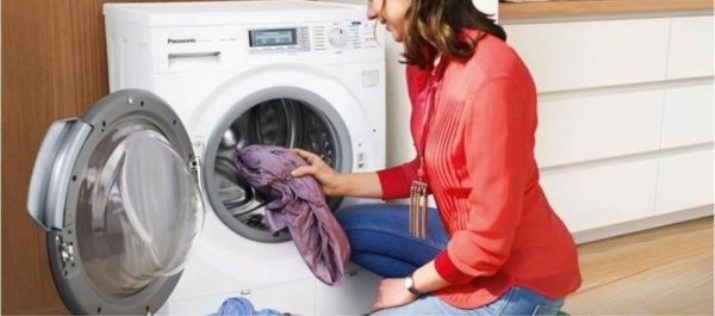
- Drying in the washing machine is also contraindicated.
- To properly dry thermal underwear, it must be hung in the open air, for example, on the balcony. It is only necessary to avoid direct sunlight. You can dry by spreading the product on the dryer or hanging it on a rope in a room away from heat sources. Be patient, because due to the fact that wringing and intensive drying are not possible, products made of thermo-fabric dry for a long time. However, this is a necessary condition for maintaining the useful functions of this tissue.
- Thermal underwear should not be steamed and ironed even in a dry state. This material is quite flexible and takes the form of a body, so ironing is not required. To avoid noticeable bends and bruises, you just need to carefully lay out or hang the product when drying.
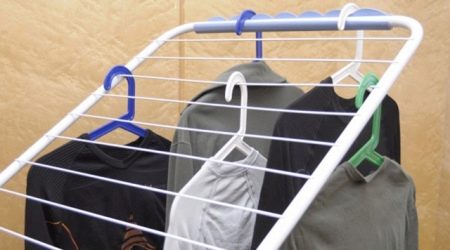
Categorically not
It will be useful to remember several important rules regarding the care of thermal clothing:
- Significant contamination of the laundry should not be allowed. It is important to wash such clothes in a timely manner, since with severe contamination, the fabric loses its properties due to clogging of the cells in the fibers.
- Strongly contraindicated exposure to high temperatures. This also applies to washing and drying. You can not boil products made of thermal fabric, nor can you wash them in water with a temperature above 40 degrees. Drying in the sun, on the battery and near other heating appliances is unacceptable. Linen cannot be ironed with a hot iron.
- Do not use detergents with chlorine and other aggressive chemical components for washing. For thermal underwear, the use of conventional washing powder is not suitable.
As you can see, washing and caring for thermal underwear at home is quite feasible and not time-consuming.
Following the above rules and tips will help maintain the quality and valuable properties of the thermal fabric of your product. Such underwear can please and warm you for a long time.

See how to take care of thermal underwear in the next video.










